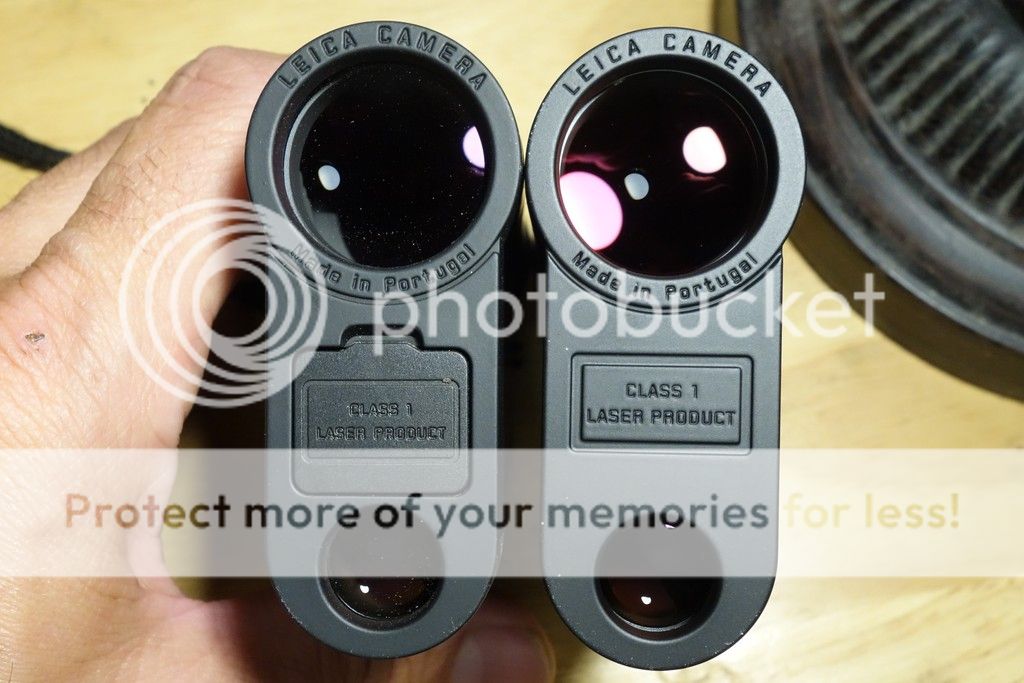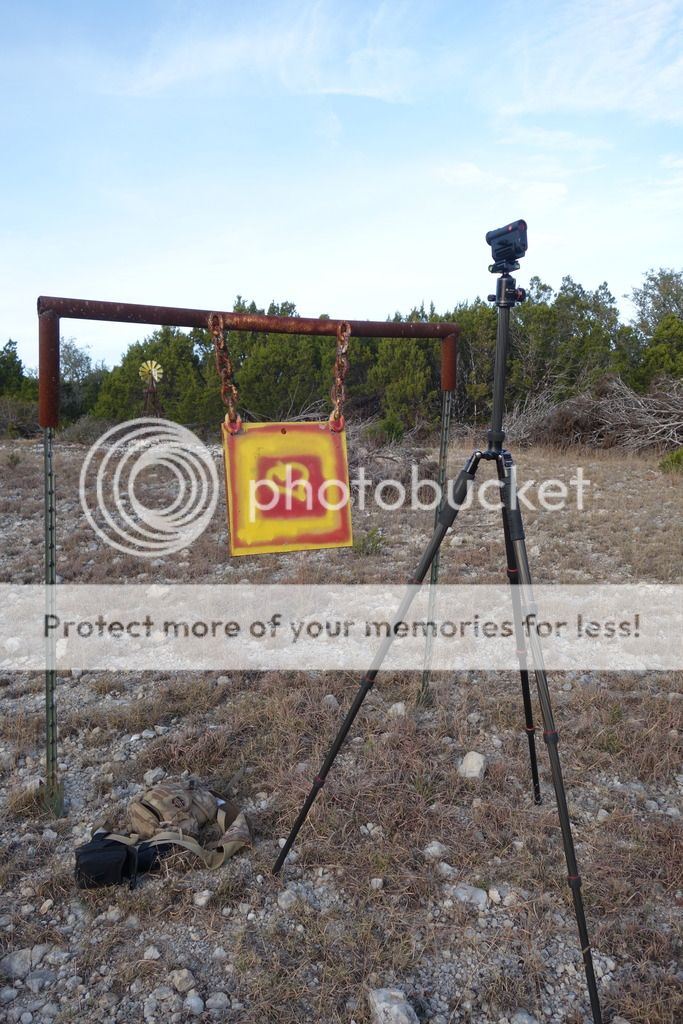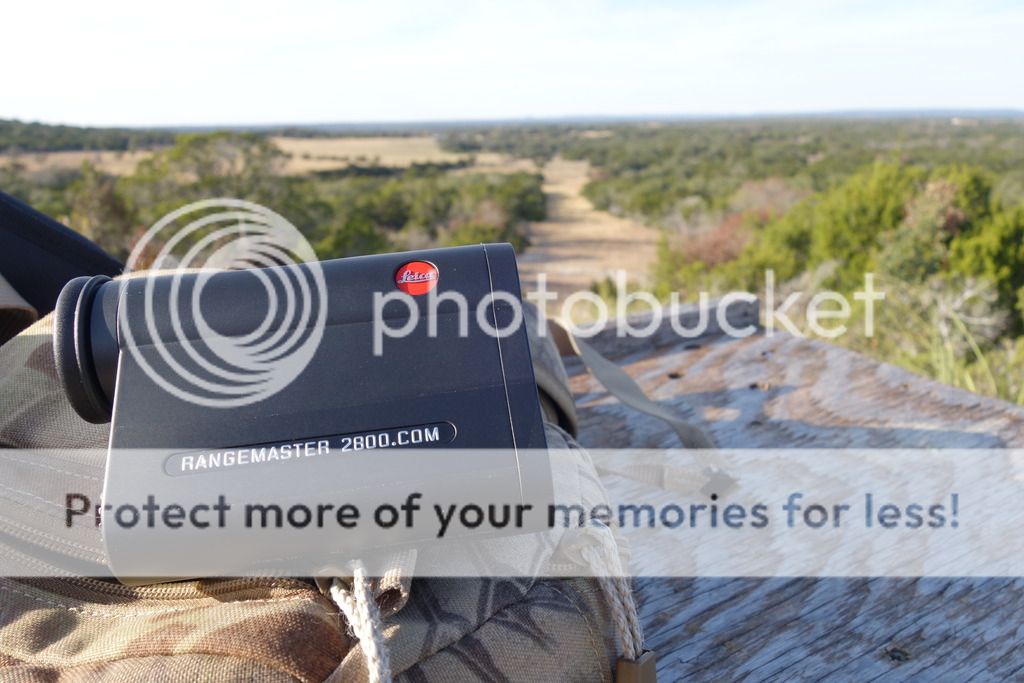Back in the early fall, I was asked by Leica to test and provide feedback on a new their new rangefinder, the 2800.COM, that was announced today at SHOT. As I understand it, mine was one of the first 5 built and brought into the US, so was not a pre-production, but earlier still in the process, more like a prototype. I ran it under many conditions for about 3 months, testing it side by side with other RF’s, and wanted to provide some insight into what Leica is bringing to market.
It’s important to note that my unit was literally at the very front end of development and part of my role was to find problems and make suggestions for engineering to resolve/consider. So what comes to market will probably be a little different than what I have had for the past months, but the features and performance I’ll cover below should be uneffected. Overall, this is an impressive and competitive piece of kit they are bringing to market, and I can’t wait to see the production model.
What’s new
The 2800 shares most core features with the 2700b. Ranging and glass are the same, which is to say, excellent. Rather than rehash that data, check out my review on the 2700b. I tested both side by side, and they are the same, although my 2800 outranged my 2700 slightly, but I think it was just unit to unit variation. It is a tiny bit larger than a 2700, but it still fits the same tripod mounts etc.

The 2800, on the right, is slightly larger than the 2700, but not so much that accessories are not interchangeable.
The 2800 also retains all the environmental instruments and ballistic computing capabilities onboard, just like the 2700b, so it’s every bit the stand alone device the 2700 is. The changes are all about the ‘com’….communication. Where Leica made significant changes is by adding Bluetooth connectivity with two-way communication, bringing new for Leica capabilities to the table, most significantly, in the ability to connect to a Kestrel wirelessly.
So, starting with the basics, there is now an app that allows you to connect the 2800 to your phone. Through this app, you can make firmware upgrades to the RF (opens the door to easy future upgrades and improvements), as well as create and store curves for various loads. Gone is the card slot that the 2700 used for storing a curve, as you can now build and store various curves in the app and upload the one you want to run at any given time onto the RF via phone. This also negates the need for using Leica’s curve builder on the web. That capability is now in the app. Useability wise, it’s a big improvement over the 2700.

The 2800, on the right, lacks the SD card slot that is present on the 2700, as it is no longer needed.
Once you have uploaded your curve, the 2800 operates just like the 2700, as the 2800 retains all the environmental instrumentation that the 2700 had. So temp, pressure, and angle are all considered to give you a solution out to 1000 yards. So as a standalone RF, it gives up nothing to the 2700b, but adds app connectivity, firmware upgrades, and a better way to build, store, and upload custom curves to your RF.
While the aforementioned changes are great and most welcome, the biggest capability improvement comes via its connectivity to a Kestrel. When in this mode, the RF will send range, angle and compass heading to your connected Kestrel. Yes, they added a compass to the 2800 so that DOF is automatically populated to the Kestrel. The Kestrel computes the solution, based on the curve selected in the Kestrel, and returns that full solution which displays in the 2800. The solution includes elevation adjustment as well as wind holds, including both the constant and gust holds that the Kestrel calculates if you have it set that way. And for those that like to shoot long, when sourcing the solution from the Kestrel, it will display your solution to as far as you can range on the 2800.
So the workflow here is pretty straightforward. For use without a Kestrel, just build your curve in the app, load it on the RF and run it like a 2700. All enviromentals are onboard just like on the 2700, so you are good to go to 1k.

Like the 2700, the 2800 easily ranged off this plate at 1120 yards, and was able to range a 12” white plate at over 1500 yards.
For use with a Kestrel, power up your Kestrel and leave it running. If you keep it in a pouch away from your body heat (like in a chest rig or whatever) temp drift due to sun or handling should not be a problem. And if you come from a hot truck to the cold, the Kestrel can quickly be cleared, then left running in the pouch so temp is always correctly updated. When you find your target, range it. The Kestrel’s solution will come up in your RF, and you are ready to shoot.
For many shooters, you won’t even need to handle the Kestrel once it is turned on, as DOF is set based on the RF compass reading, so Coriolis etc. will be correctly calculated without having to manually set DOF on the Kestrel. Of course, wind will need to be dealt with, but different shooters have different methods for wind estimation. Obviously If you want to take a wind reading, you’ll need to pull the Kestrel out. But some shooters just manually set a 5 mph full value and a 10 mph full value gust in the Kestrel, and then adjust the displayed hold accordingly when shooting.
Summary
Overall, the 2800.COM is a significant upgrade to the 2700b and looks like a winner. The workflow is faster due to the 2800’s connectivity , but it retains the 2700’s performance in terms of ranging and optics, while taking nothing away from the shooter in terms of features. With the 2800’s additional capabilities, Leica can now offer a fast and efficient workflow to those shooters who regularly shoot long, and in pairing with AB, they are leveraging a partnership with a trusted industry leader in ballistic solutions.
If I can get one of the production units, it would be very interesting indeed to compare performance, capabilities, and workflow to similarly connected devices like the 2400 BDX and the Vectronix X. On paper, they all have their areas of particular note, and I’d love to wring them out side by side to see what each one uniquely brings to the table. I’ve been running a long term test on the 2400BDX and it’s impressive (part 1 of the review will be up in a few days), and I’ve heard great things about the Vec X, so hopefully a comparison will happen later this year. But for sure, it’s a good time to be in the RF market, competition is spurring manufacturers to really up their game in terms of what they offer, and we consumers are reaping the benefits. MSRP for the 2800.COM is $1099, and its scheduled to start shipping this week.
Last edited:



